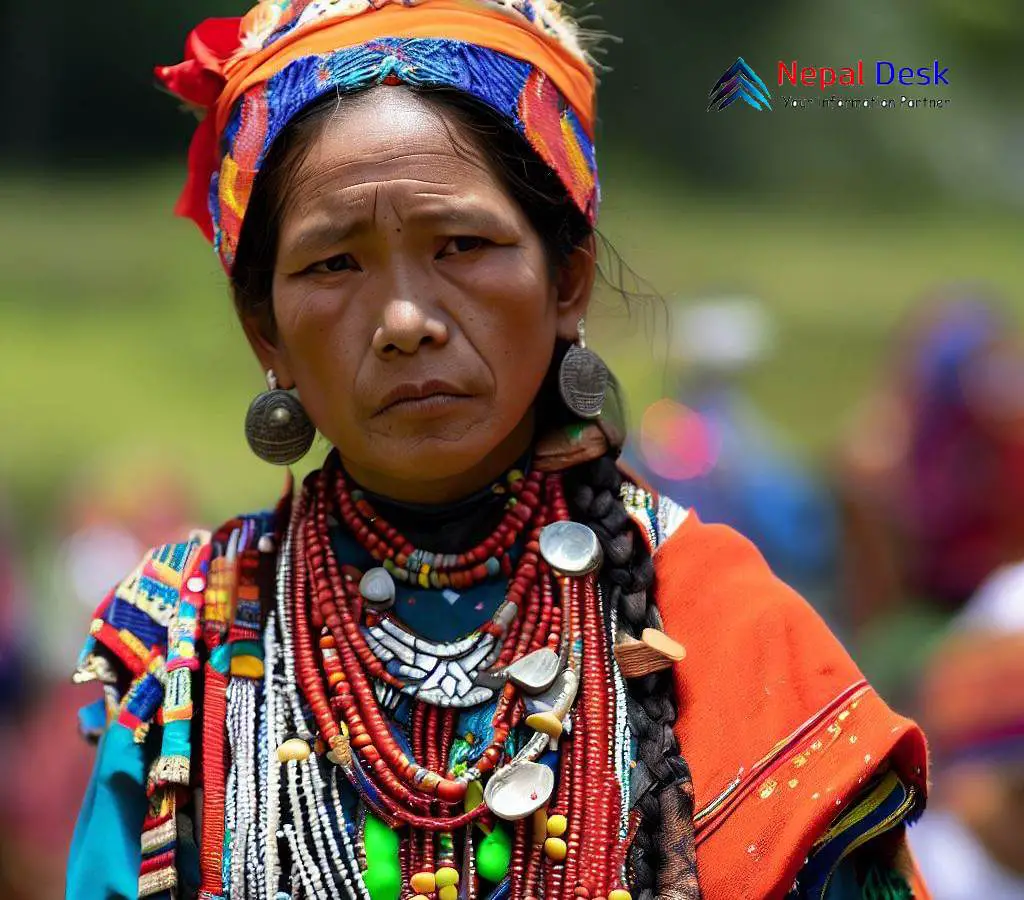World Indigenous Peoples' Day: A Celebration of Cultural Diversity and Rights
Published Date

Published Date
Explore the significance of World Indigenous Peoples' Day in the global and Nepalese context. Discover the rich cultural diversity of Nepal's indigenous communities, their contributions, and the challenges they face.
⏱ 4 min read
Every year on August 9th, World Indigenous Peoples' Day pays tribute to the rich cultural variety and significant contributions of indigenous populations across the globe. This special day also serves as a crucial platform to shed light on the numerous challenges these communities face, encompassing land rights disputes, social marginalization, and inadequate access to essential resources such as education and healthcare.
The United Nations (UN) first designated this day in December 1994 to commemorate the inaugural meeting of the UN Working Group on Indigenous Populations of the Subcommission on the Promotion and Protection of Human Rights. Held in 1982, this event marked a pivotal moment in promoting and safeguarding the rights of indigenous people worldwide, acknowledging their vital role in addressing global issues like environmental conservation.
While the UN Charter and Universal Declaration of Human Rights form the backbone of the organization's dedication to defending indigenous rights, it wasn't until the establishment of the UN Working Group on Indigenous Populations in 1982 that focused efforts were directed towards this specific cause. Tasked with devising guidelines for improving and safeguarding indigenous lives worldwide, this Working Group ultimately led to a milestone achievement: The Declaration on the Rights of Indigenous Peoples.
Adopted by the UN General Assembly in September 2007, this historic document laid out a universal framework outlining minimum standards essential to the survival, dignity, well-being, and rights protection of all indigenous peoples around the world.
World Indigenous Peoples' Day serves as both a celebration of this groundbreaking declaration and an ongoing commitment to implementing its principles. The day encourages public recognition of indigenous peoples' rich cultural diversity while advocating for their rights to be respected and safeguarded.
Each celebration revolves around a central theme with previous events addressing topics such as "Indigenous Peoples' Migration and Movement," "Indigenous Peoples: Active Subjects of Social Inclusion," and "COVID-19 and Indigenous Peoples' Resilience."
As we observe this significant day, it's crucial to reflect upon the importance of upholding and promoting the rights and unique cultures of indigenous populations. Their wisdom and practices have a vital role in sustainable development, tackling global challenges such as climate change and biodiversity loss. World Indigenous Peoples' Day is an occasion to honor their tenacity, embrace their cultural heritage, and pledge support for their well-being and rights protection.
From a global standpoint, World Indigenous Peoples' Day holds particular importance for Nepal, a country famed for its wealth of cultural, ethnic, and linguistic diversity. Home to more than 59 acknowledged indigenous nationalities comprising over a third of the population, Nepal is a vivid tapestry of unique cultures, languages, and customs.
In Nepal, World Indigenous Peoples' Day transcends mere festivity to become a stage for indigenous groups to express their concerns, rights, and aspirations. The day is marked by various cultural festivities, demonstrations, and debates spearheaded by indigenous communities throughout the nation. These events emphasize the rich cultural legacy of these groups while also acknowledging their contributions to Nepalese society and the obstacles they encounter.
Despite their sizable presence and numerous contributions, Nepal's indigenous populations frequently experience marginalization with their rights being neglected and their cultures and languages endangered. Land rights persist as a contentious issue with many indigenous communities being uprooted from their ancestral territories due to development schemes and preservation endeavors. Additionally, despite constitutional recognition of their languages, a number of these indigenous languages remain at risk as younger generations opt for Nepali or English instead.
World Indigenous Peoples' Day serves as a reminder of these pressing matters. It advocates for the complete realization of constitutional rights for indigenous peoples while also championing the safeguarding and promotion of their languages and cultures. It also calls for their meaningful involvement in all issues that impact them.
This day further highlights the significance of the ILO Convention 169 – a legally binding international treaty pertaining exclusively to the rights of indigenous and tribal peoples – ratified by Nepal in 2007. Implementing this treaty is vital in guaranteeing the rights of Nepal's indigenous populations.
As we commemorate World Indigenous Peoples' Day, it is our duty to recognize Nepal's rich cultural diversity, honor the invaluable contributions made by its indigenous communities and address the challenges they face. Only then can we work towards a future where the rights of indigenous peoples are fully upheld, their cultures celebrated, and their languages allowed to flourish. After all, the true strength of Nepal lies in its thriving diversity.
